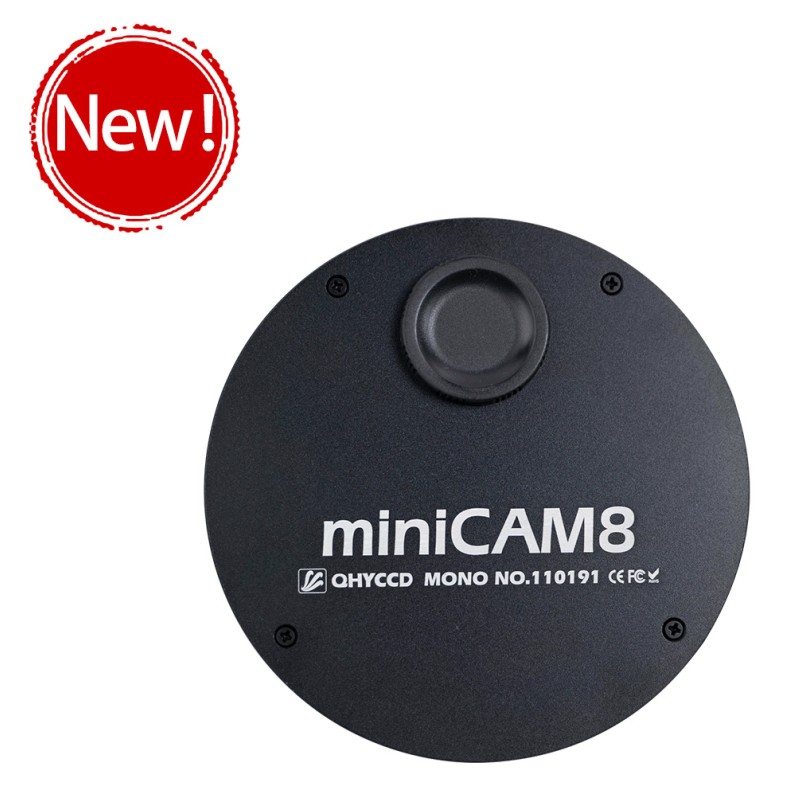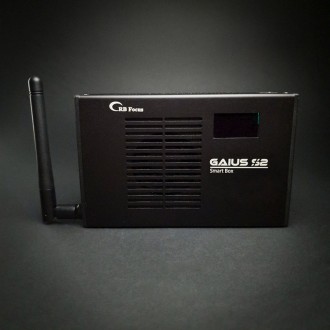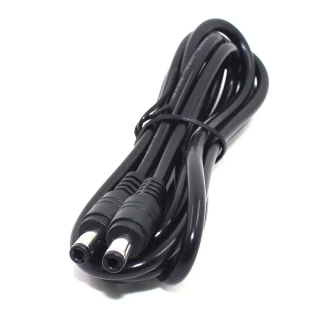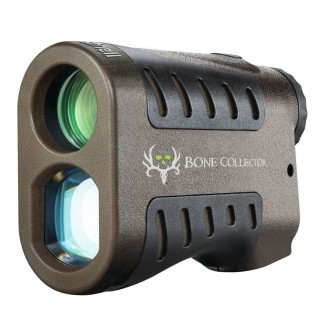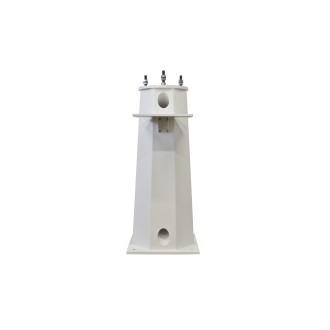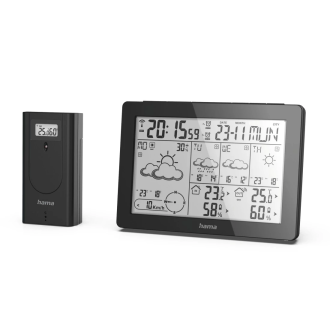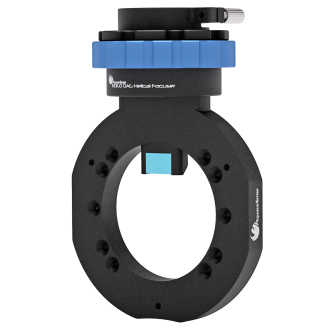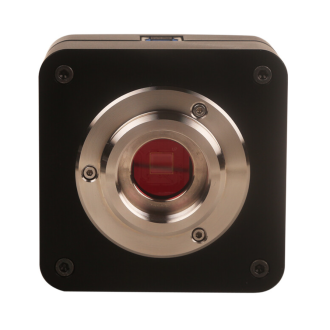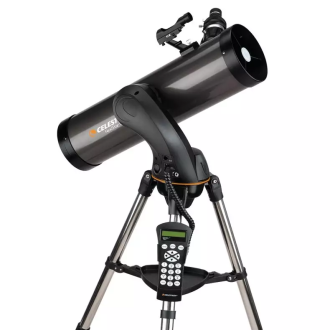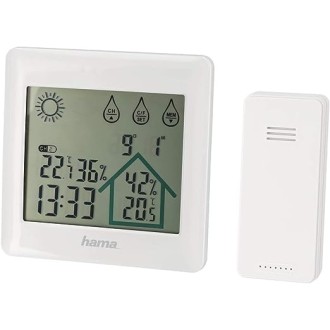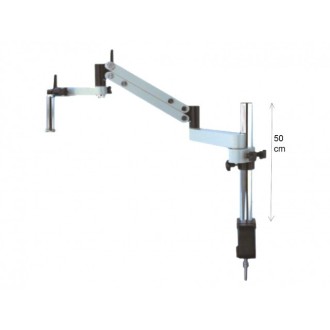Cámara QHY miniCAM8 mono Combo for Deep Sky objects
At just over 10 cm in diameter and a few centimeters thick (IMX585), the new miniCAM8 is a compact, cooled, high resolution, high performance imaging system capable of exceptional, high quality images of deep space as well as high quality, high resolution planetary images.
| Carrier | Description | Estimated Delivery | ||
|---|---|---|---|---|
 |
Home delivery - International | Home delivery - International |
Wednesday, 14 January - Wednesday, 21 January |
|

Home delivery - International
Home delivery - International
Estimated delivery:
Wednesday, 14 January - Wednesday, 21 January
Overview
At just over 4 inches in diameter and a few centimeters thick (IMX585), the new miniCAM8 is a compact, cooled, high resolution, high performance imaging system capable of exceptional, high quality deep space imaging as well as high quality, high resolution planetary imaging.
Very often, compactness in astroimaging is achieved at the expense of some other critical feature found in multi-component cooled systems, such as sensor quality or thermoelectric cooling, etc. This is not the case with the new miniCAM8. Based on Sony's 8 MP IMX585 sensor, the miniCAM8 includes full TE cooling capable of achieving a delta of -45℃ relative to ambient along with an integrated 8-position filter wheel for full LRGB and narrowband imaging.
Technical features
High near infrared sensitivity
The IMX585 is a Sony Starvis II processor that enables high sensitivity and high dynamic range (HDR). It also improves sensitivity in the near infrared range by approximately 1.7 times* compared to the IMX485. The new QHY miniCAM8 camera has a maximum quantum efficiency of 60% in the near-infrared band and 92% in the visible wavelength band.
*This data has been officially provided by Sony: https://www.sony-semicon.com/cn/news/2021/2021062901.html

BSI (Back-illuminated Structure)
One of the advantages of the back-illuminated CMOS structure is the improved full-well capability. This is especially useful for sensors with small pixels. In a typical front-illuminated sensor, photons from the target entering the photosensitive layer of the sensor must first pass through the metal wiring that is embedded just above the photosensitive layer. The wiring structure reflects some of the photons and reduces the efficiency of the sensor.
In the back-illuminated sensor, light is allowed to enter the photosensitive surface from the reverse side. In this case, the wiring structure embedded in the sensor is below the photosensitive layer. As a result, more photons are received by the photosensitive layer and more electrons are generated and captured in the pixel well. This ratio of photon output to electron output is called quantum efficiency. The higher the quantum efficiency, the more efficient the sensor is at converting photons to electrons and therefore the more sensitive the sensor is at capturing an image of something faint.

Zero glow amplification
The QHY miniCAM8 is also a zero amplifier glow camera.

Anti-Dew Technology
Based on nearly 20 years of experience in cold room design, the QHY cold room has implemented total dew control solutions. The optical window has a built-in dew heater, and the chamber is protected from internal moisture condensation. An electric heater plate for the chamber window can prevent dew formation, and the sensor itself is kept dry with our silicone gel tube socket design for humidity control inside the sensor chamber.

Cooling
In addition to dual-stage TE cooling, QHYCCD implements proprietary technology in hardware to control dark current noise.

Linearity HDR Mode
The native ADC of the IMX585 sensor is 12-bit. Compared to 16-bit, 12-bit depth offers fewer bits, resulting in a relatively narrower dynamic range, which can lead to problems such as insufficient color gradation and possible loss of information. During the development of the miniCAM8 product, QHYCCD merged the high and low gain to extend the data to 16 bits. However, since this 16-bit depth is not native, a sudden change in linearity could occur, affecting the smooth transition in images. To solve this problem, QHYCCD developed the "Linearity HDR" mode, which uses an algorithm-based approach to correct image linearity in software, ensuring smoother transitions and richer color representation.

Introduction to filters
The astronomical filters included with the deepsky miniCAM8 combos are custom designed to suit the specific characteristics of the cameras. Their size is 19 mm * 12 mm * 1.1 mm. The LRGB and SHO narrow band filters for the deepsky miniCAM8M combo are custom manufactured by Hangzhou Guangna Technology Co., Ltd. The LRGB filters have an optical density (OD) value of OD3, while the narrowband filters have an OD5 value.
The OD value, as a physical measure of the degree of light attenuation after passing through a filter, directly affects the filter's ability to suppress unwanted light during imaging. A higher OD value indicates stronger stray light suppression, effectively blocking most unnecessary light sources and thus improving image contrast and detail clarity.
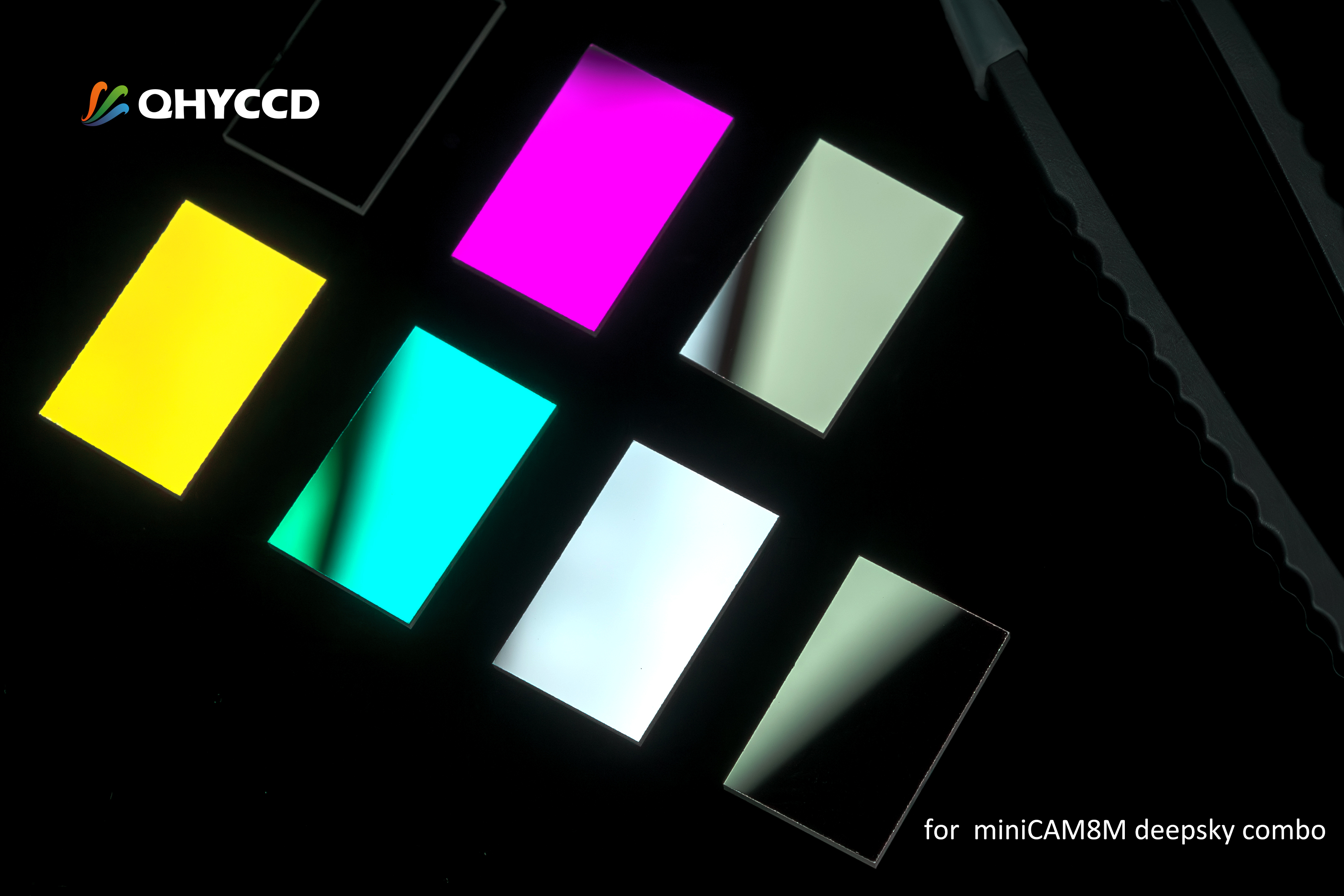
The filters supplied with the deepsky miniCAM8C combo are custom designed by Optolong Optics Co., Ltd. Ltd. These include a light pollution filter (LPF), a strong light pollution filter (HLP), a four-channel enhancement filter (FCE), and a UV/IR cut-off filter.
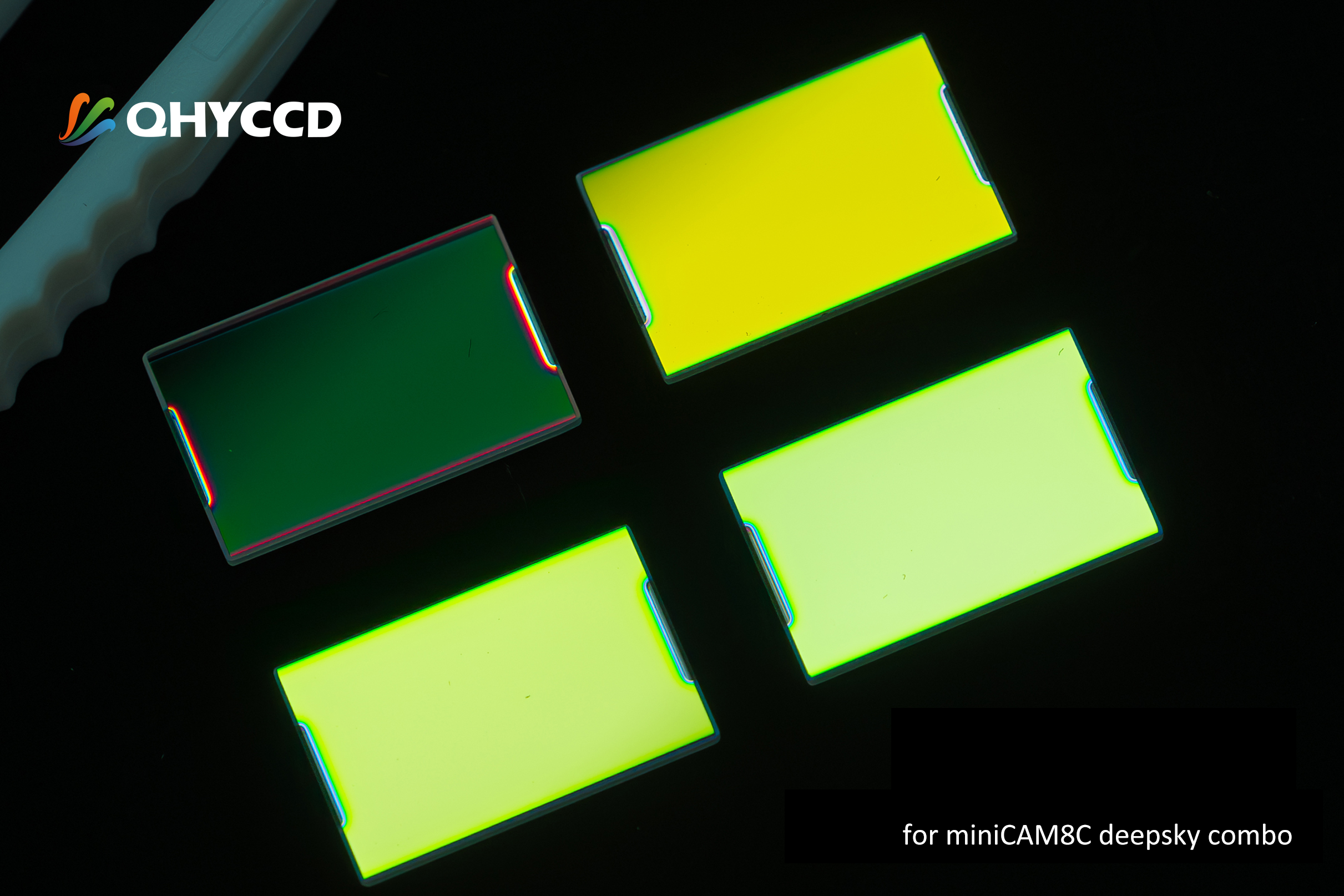
Specifications
Model: QHY miniCAM8
CMOS Sensor: Sony IMX585
Mono/Color: Both
BSI/FSI: BSI
Sensor size: 1/1.2"
Pixel size: 2.9μm*2.9μm
Total area (pixels): 3856*2180
Effective pixels: 8 MP
Full Well Cpacity: 54ke-
Read Noise: 0.76 - 7.8 e-
A/D 12bit: (16-bit output)
Full Frame Rate: Full Resolution: 41.5FPS@8bit,23.5FPS @16bit
ROI Frequency: Full Resolution 1080 lines, 82FPS@8bit, 47FPS@16bit;640Lines, 177FPS@8bit, 105FPS@16bit
Exposure times: 11μs-900sec
Shutter: Electronic Rolling
Buffer: 512MB DDR3
Computer interface: USB3.0
Telescope interface: 1.25 inc
Optical window type: AR+AR
Filter wheel: Built-in 8-position wheel
Backfocus: 17.5mm
System: Two-stage, TEC stage cooling: Long exposures (> 1 s) typically -45℃ low ambient
Weight: 480g

Curves
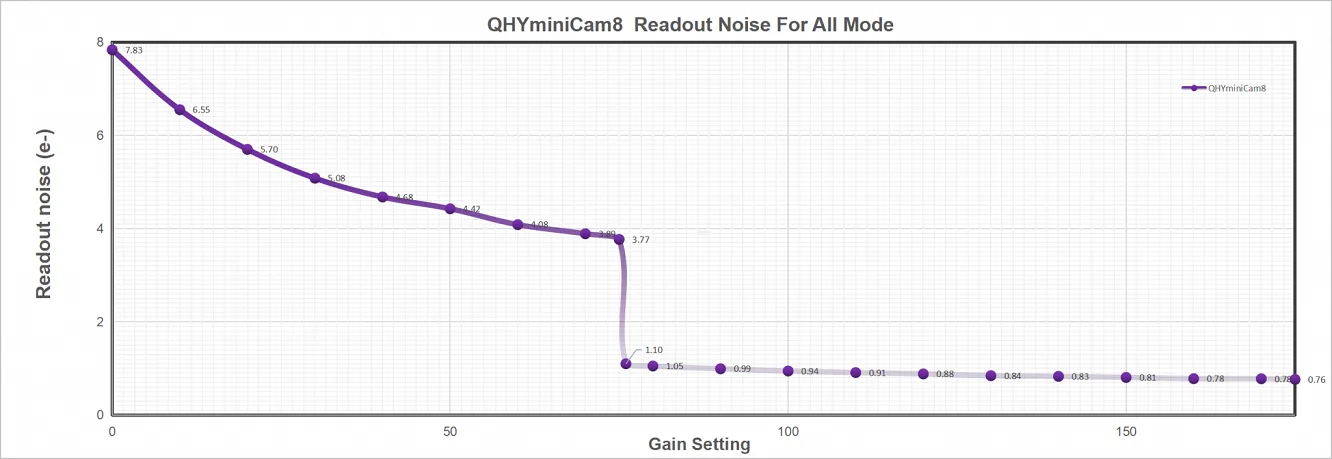


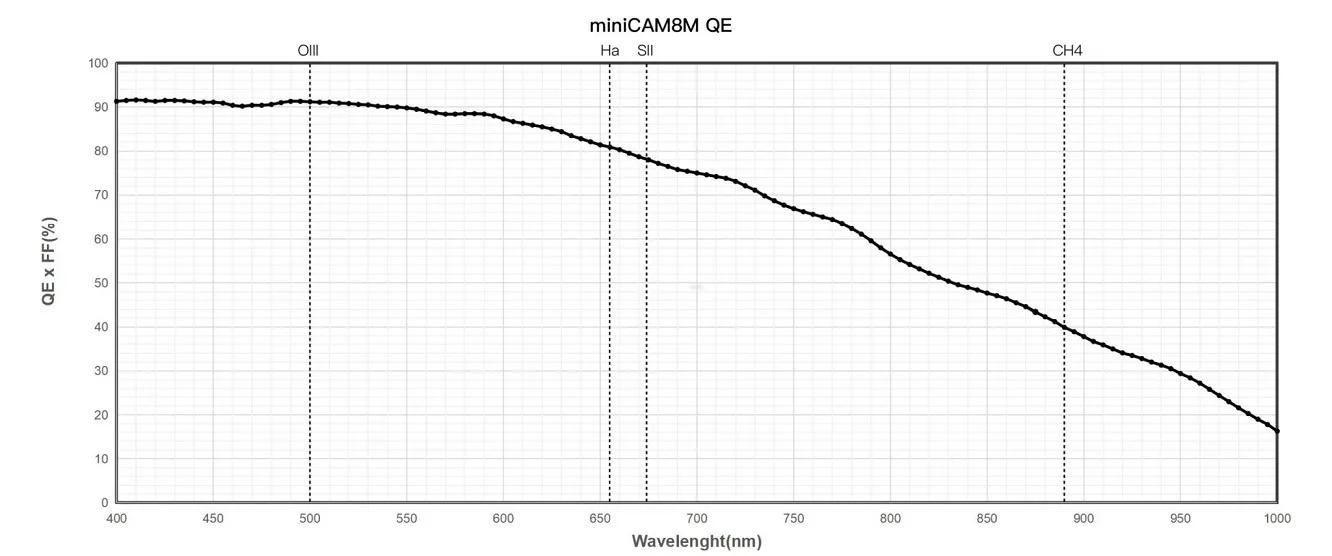
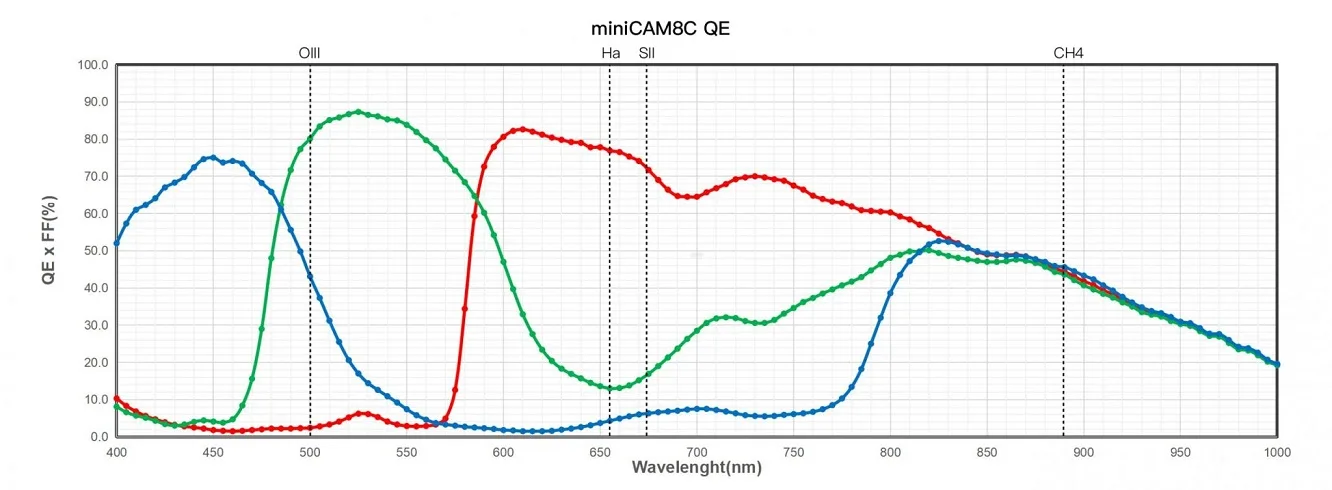
Mechanical dimensions
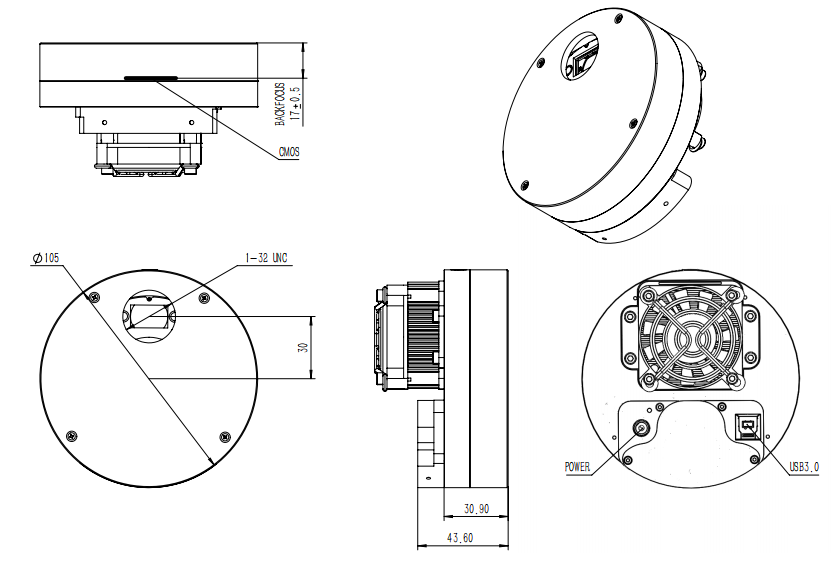
Accessories
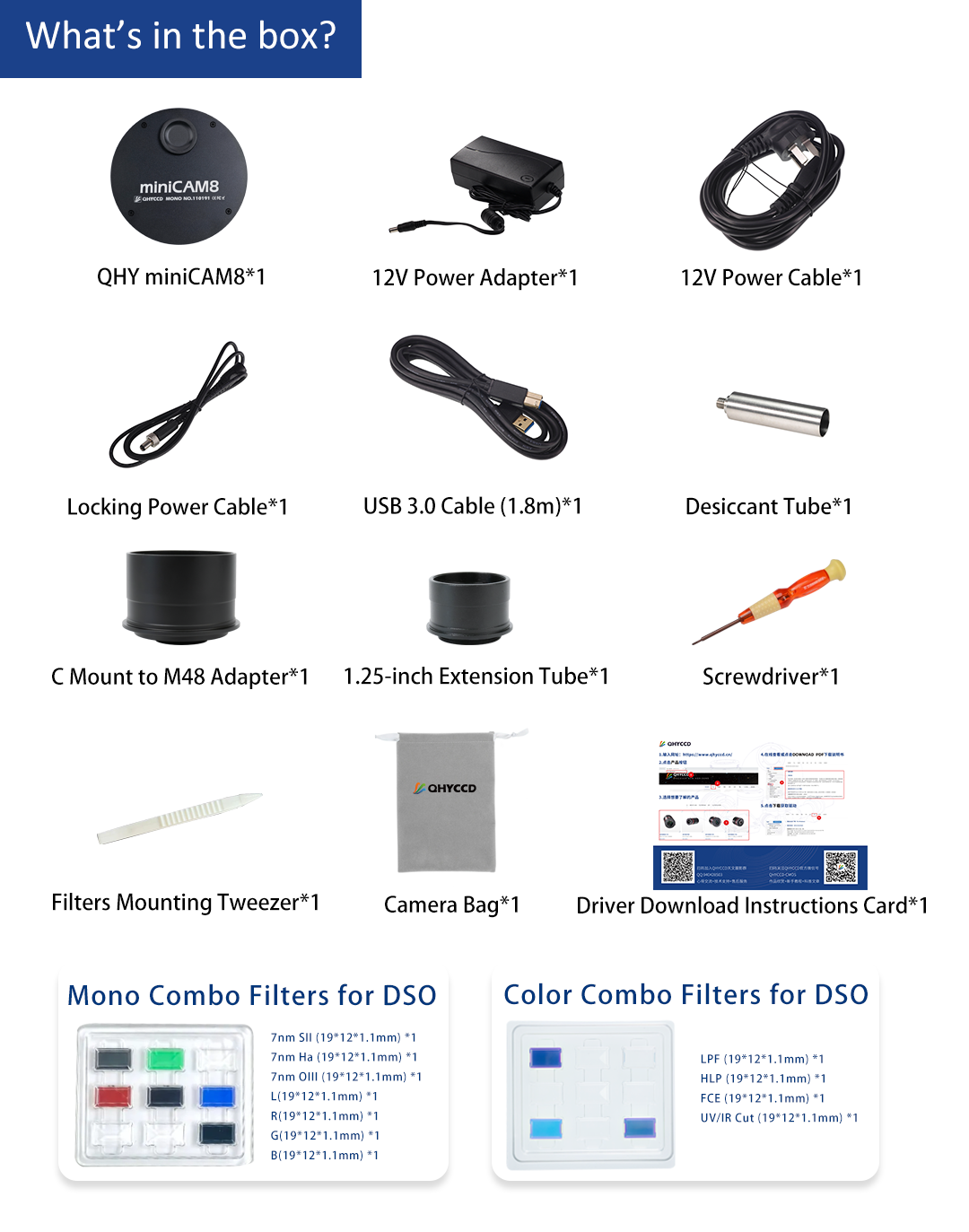
(LPF: Light Pollution Filter; HLP: High Light Pollution Filter; FCE: Four Channel Enhancement Filter)

